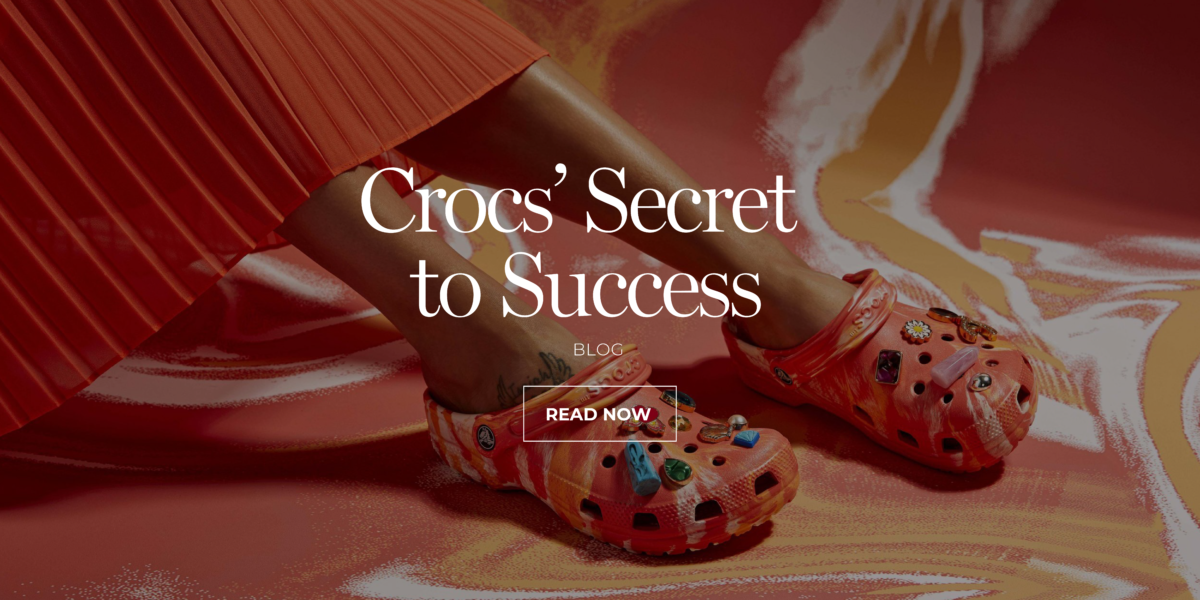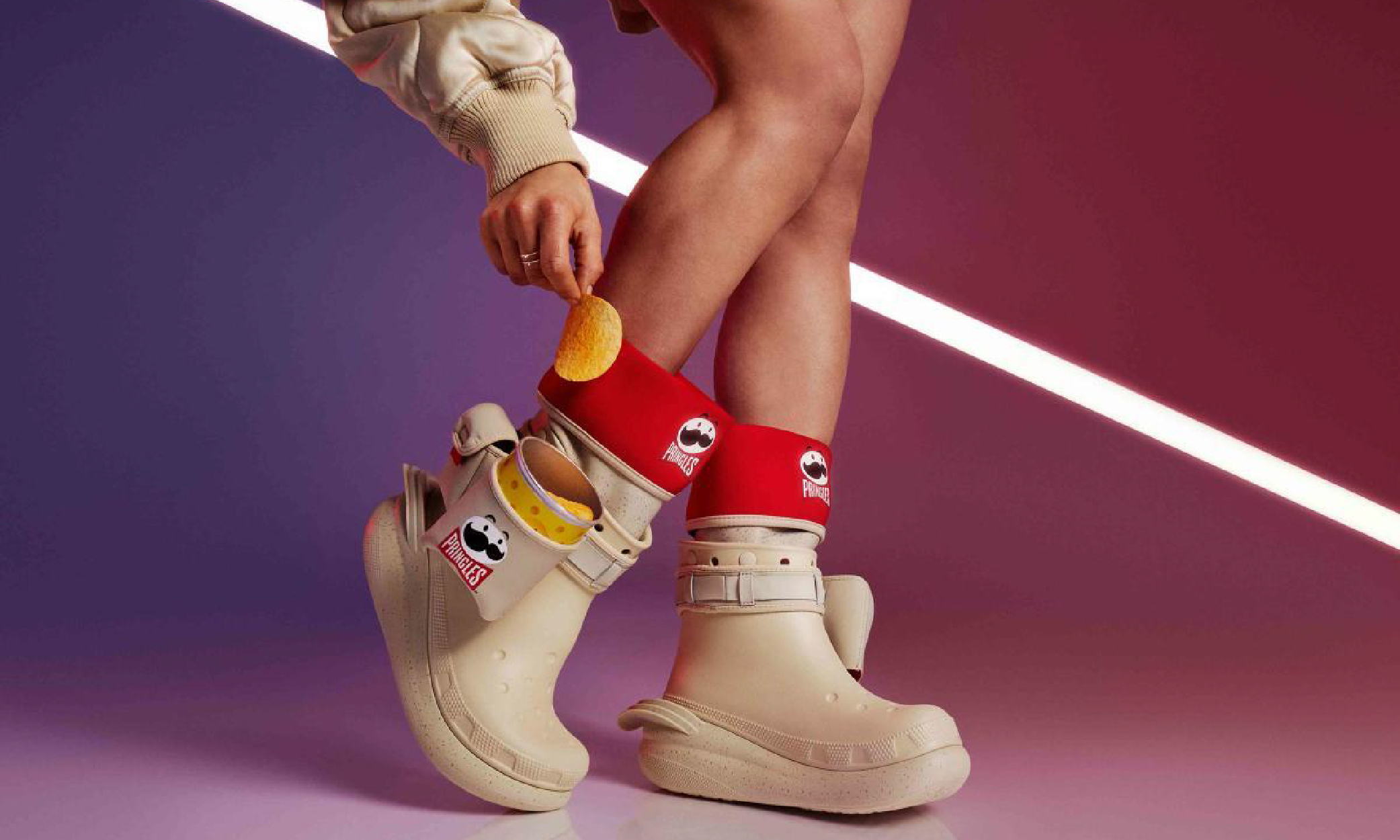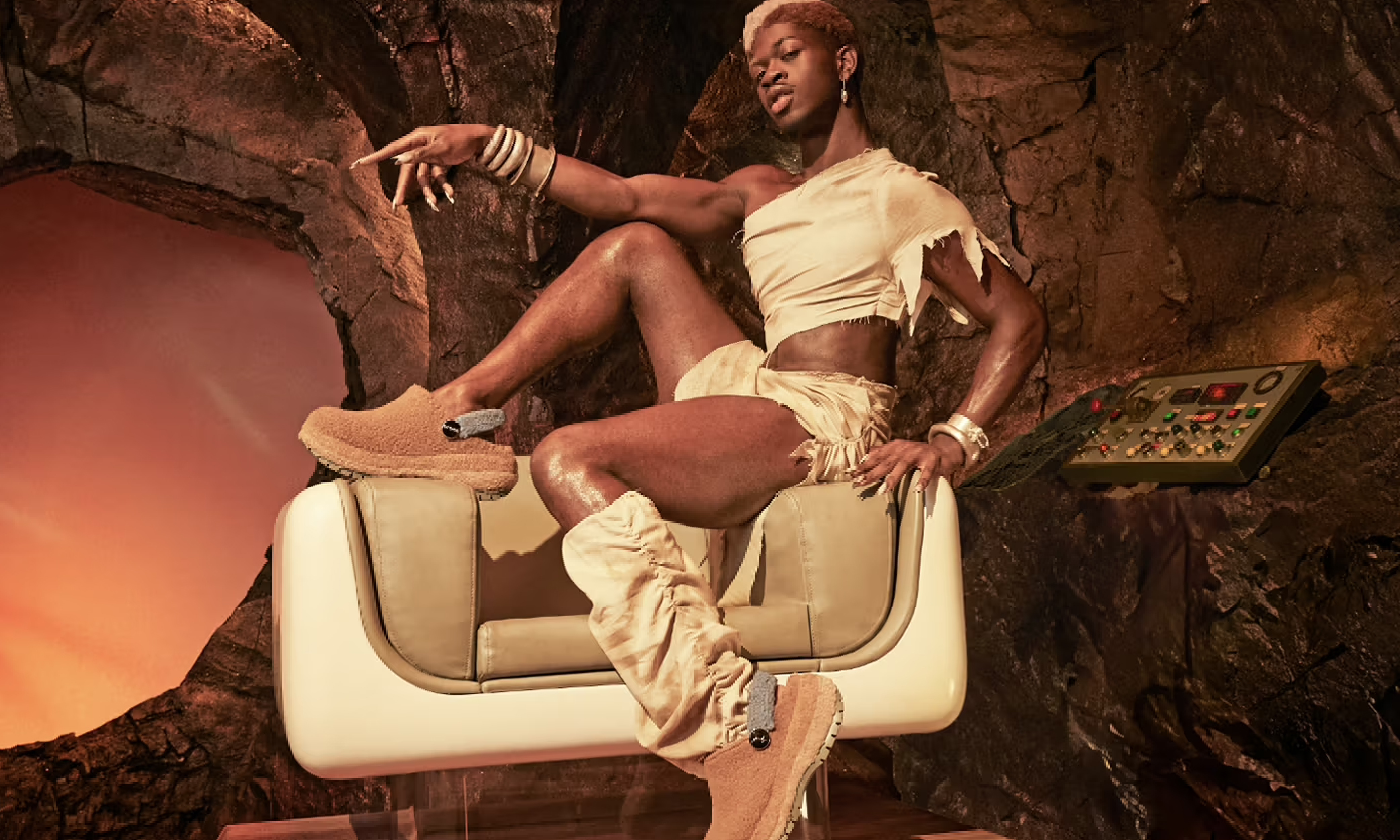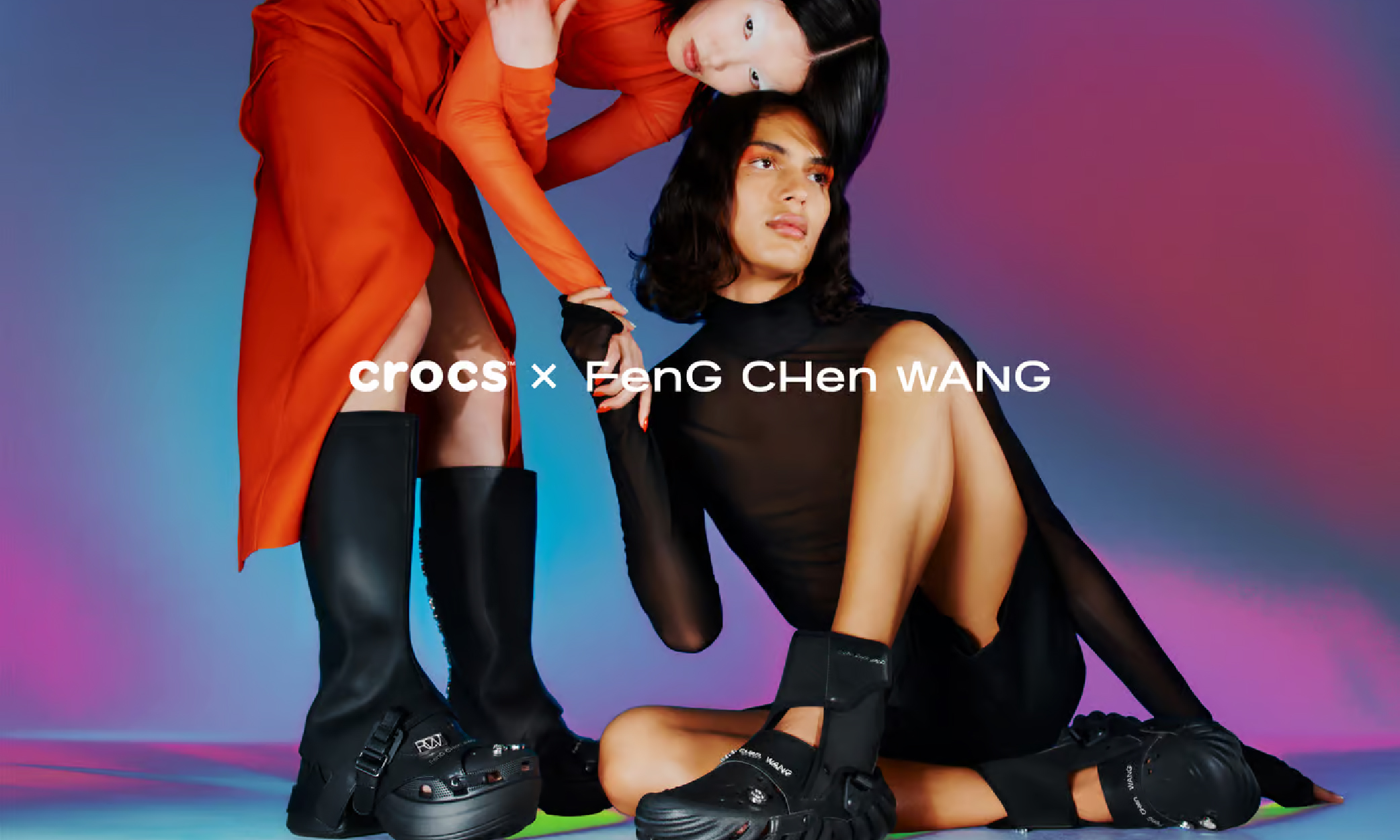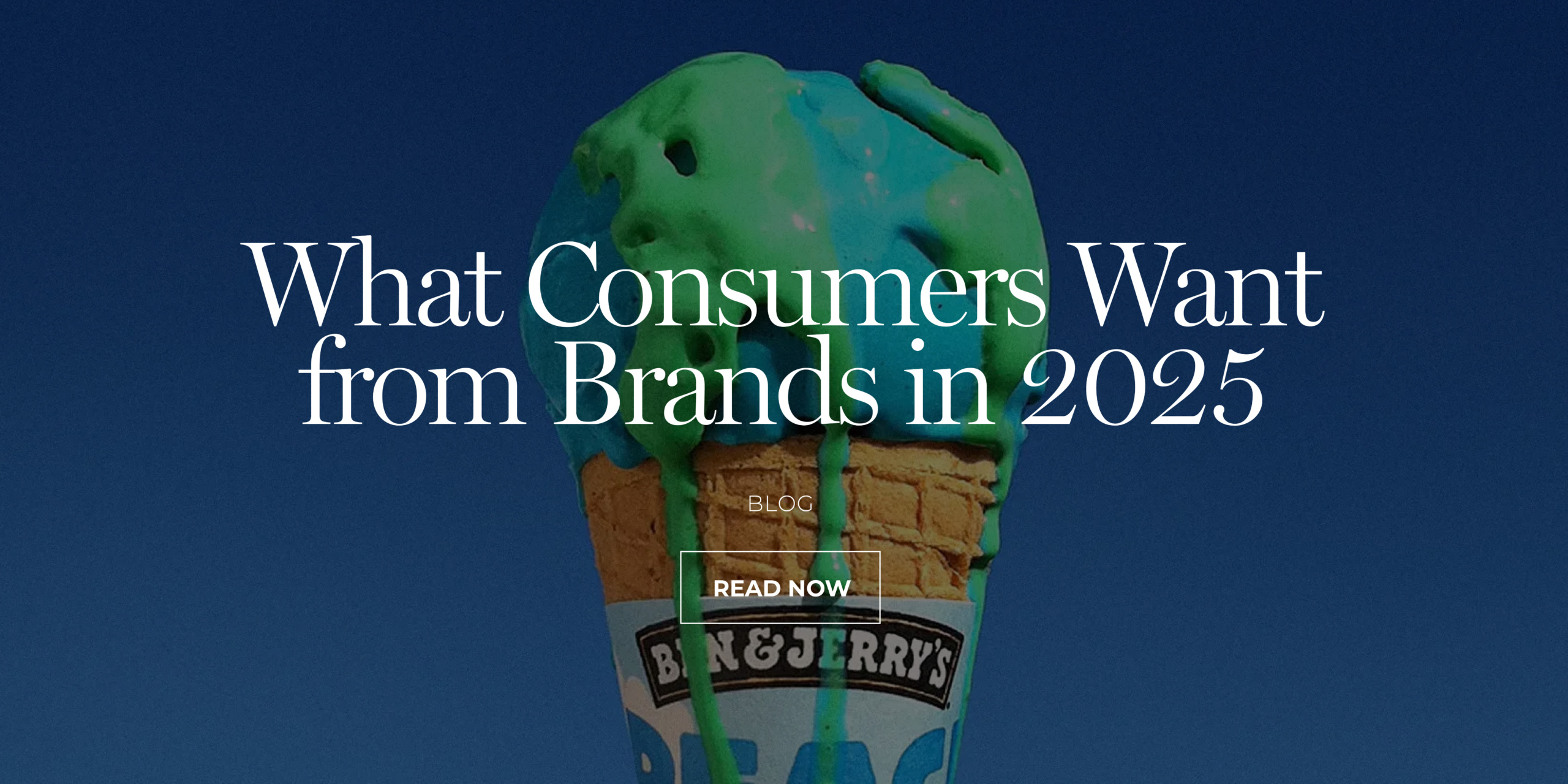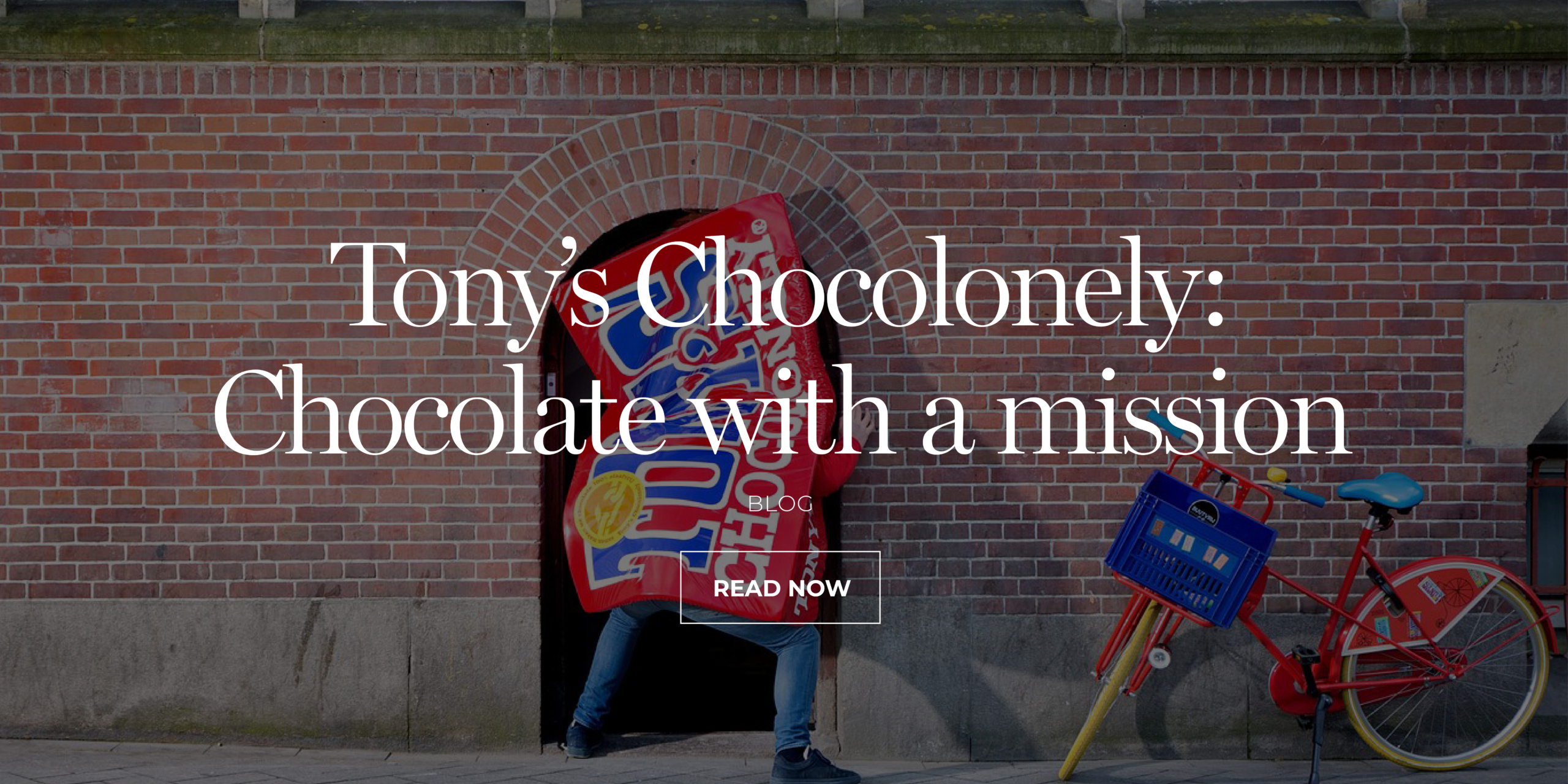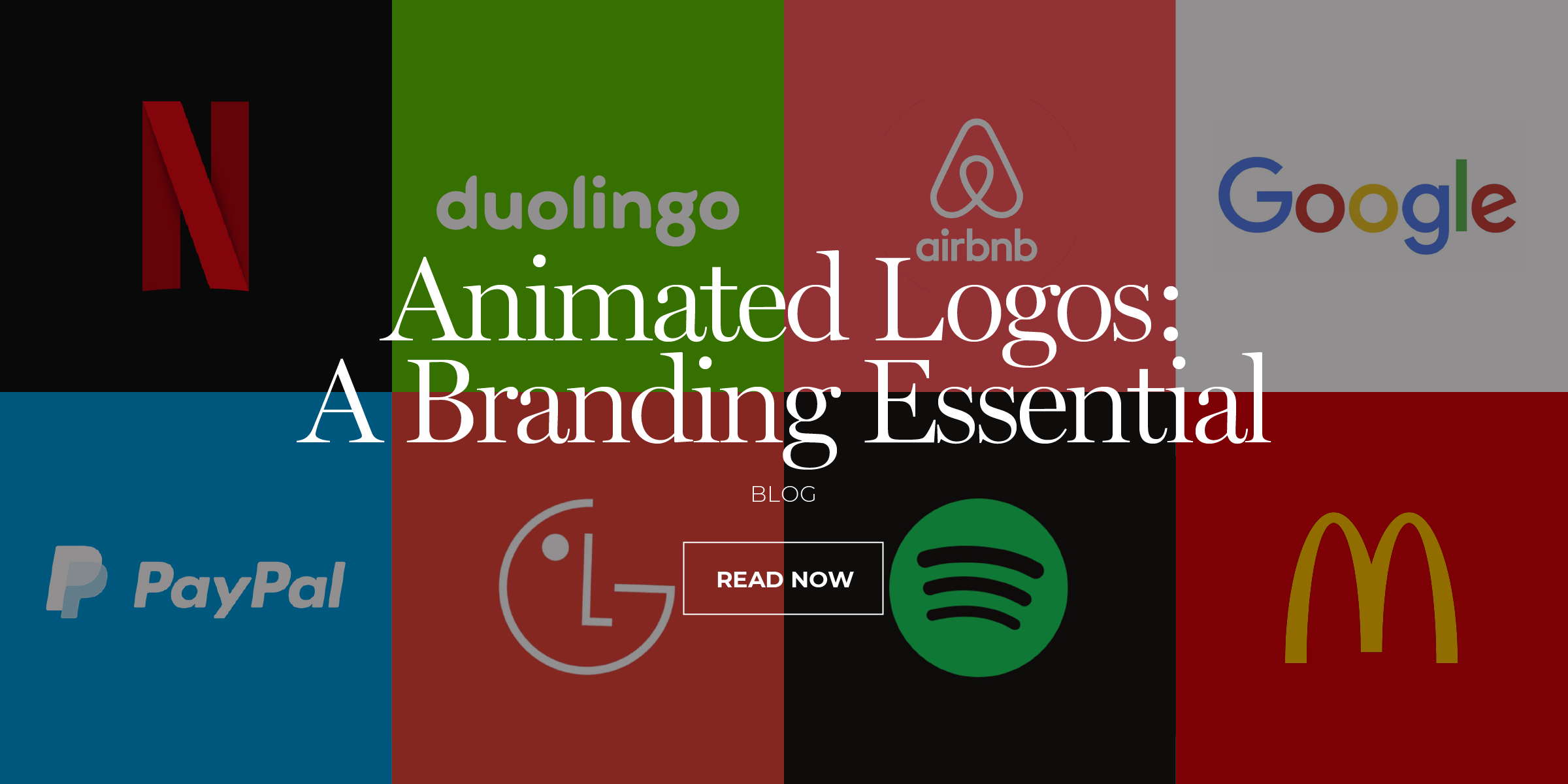First a (very) brief history.
In 2008 after which Crocs had experienced a meteoric rise from being founded just 6 years prior, they, along with many other businesses slammed smack bang into the global financial crisis. Cuts and closures were fierce, and things were looking dire.
To top it off they were named one of the 50 worst inventions ever by Time Magazine in 2010. And described by leading fashion writers as being the very epitome of ugliness.
Embracing ugly.
It must have been so tempting to rework the silhouette of the shoe. And redesign its form in an effort to rebuild some fashion appeal. But rather than zig like 99% of footwear brands would, Crocs zagged.
“Yes, we’re ugly; yes, we’re polarising,” announced Heidi Cooley, Crocs’ CMO in 2016. “But importantly, we’re one-of-a-kind. And what we’ve recognised is that this is exactly what resonates with some of our fans: They too see themselves as one-of-a-kind.”
It was marketing genius. Crocs didn’t fight the narrative. They owned it. Because they had an ear to the ground. And they recognised there was a youth market ready to embrace individuality, irony, and irreverence.
That market was called Gen Z, and they were emerging as a buying force of enormous significance.
The Post Malone x Crocs collaboration. A beacon of brilliance in brand reinvigoration.
Commercial success didn’t come from making commercials. It came from making commercial partnerships. Crocs did not run a traditional ad for 10 years. Instead, they chose influencers – even before influencers were a thing.
In 2018 they collaborated with none other than Post Malone. The face-tattooed; dreadlocked, boundary-pushing hip hop star renowned for his eclectic style. It was a dazzling choice that garnered immediate interest. Not the least because Crocs was a comfort-based shoe and Malone was known for his audacious fashion choices.
But Crocs and Malone had a lot more in common than first thought. They were both unapologetic. Crocs about their look. Malone about his. They both celebrated self-expression and flew in the face of conventional norms.
This was no longer an incredibly cool performer and a rubber boat shoe. This was the beginning of a cultural revolution, and people couldn’t get enough of it. The shoes sold out in hours for $60 a pair. Around 3 times as much as normal. The only difference between them and regular Crocs was some barbed wire drawn across the top of them to mimic the barbed wire tatts on Malone’s face.
It wasn’t just about the money.
The Malone collaboration brought in big profits but what was most valuable was the cultural currency it garnered. In one fell swoop the Crocs brand went from utilitarian to fashion edge. Crocs weren’t just part of the conversation, they led it. The narrative was back in their hands.
Holding fast whilst switching it up.
Crocs started to revel in contradiction. And their audience loved it. After throwing what was their straight image into the hip-hop pot, they mixed it up again. Doing their next collaboration with Justin Bieber. Who at the time was shedding his ‘boy band’ skin and embracing his own edge. The unexpectedness of this collaboration worked brilliantly. After Bieber came to KFC. A takeaway chicken brand. Crocs had come full circle and had embraced a product known for comfort and versatility. But because of the cred they built with its other collaborations it could do this and look edgy as opposed to safe.
This would never have happened if the KFC was the first collaboration.
Getting personal.
A Deloitte study found that 1 in 5 consumers would pay 20% more for a personalised product, and 48% would wait longer to get a product if it could be personalised.
This was not lost on Crocs who bought a company called Jibbitz who was making small plastic charms to fit inside the 13 holes that feature on each pair. The result was huge. Their audience who already embraced individuality, embraced the opportunity to make their Crocs (now available in numerous colours) even more individual. In 2023 the Jibbitz business went up 17% to around a quarter of a billion dollars and it is expected it will continue to rise this year.
Crocs has gone on to partner with Kellogg’s, Balenciaga, Simone Rocha, Pixar and NBA to name a few.
As of April 19, 2024 the Crocs company is worth $7.59 billion USD.
Key Learnings for Brands:
1. Don’t throw the baby out with the bathwater:
If there are three things everyone always agreed on it’s that Crocs are supremely comfortable, infinitely versatile, and refreshingly simple. The brand maintained these three core principles throughout its growth period, never giving up on core promises to consumers. In other words, it didn’t seek to tarnish the integrity of the brand. When reappraising what’s not working be sure to hold fast to what is.
2. Embrace Brand Reinvention and Diversification:
This doesn’t mean you can’t diversify and reimagine. Such a strong core allowed Crocs to play with the ‘changeables.’ Colour, style, add-ons, and brand champions. Their ability to adapt to changing market trends and diversify product offerings was crucial to their sustained success. Brands should continuously evaluate market dynamics, anticipate consumer preferences, and explore opportunities for expansion into new product categories or market segments.
3. Harness who your market is harnessing:
The meteoric rise of digital and social marketing in the last twenty years has offered up an entirely new level of brand ambassadorship. Customers have never been closer to their heroes. Products have never been so seamlessly able to fit into communications in such an authentic and relatable way. Seeing Ariana Grande slip on a pair of Crocs after she slips out of her stilettos post-gig, says way more for the brand than a 30-second commercial ever could. Your person of influence doesn’t have to be famous. They have to be relevant, to the needs and passions of your customers. If you’re selling the warmest fishing gloves in the world, find a Nordic ice fisher with a big Instagram following. Finding the right person at the right moment with the right followers is some of the best media buying you can do.
4. Make community engagement meaningful
Authenticity and community engagement are staples in any brand strategy. For a while, they were a novelty. Now they are a given. Which means customers want even more than before. It’s no longer enough to just say ‘hi.’ Brands need to say ‘How are you doing?’ ‘What are you thinking?’ ‘What do you want.’ ‘How are we doing?’ And then ‘Here’s what we have’ in response to the answers. To build sustainable trust and loyalty among consumers engagement needs to be genuinely meaningful. And don’t be afraid to hand the reins to the community from time to time.
5. Share your narrative but keep your hands on the reins:
Let people say what they love about you, not who you are.
6. Be brave:
Sometimes the bravest thing is not to change your product. But if your narrative is killing you, mix it up.
NEED HELP?
If you need help creating a brand that pushes creative boundaries and inspires change, we’d like to offer you a complimentary strategy call with our Managing Director and Head of Strategy, Grant Davidson. Having nearly 30 years of industry experience working with groundbreaking brands, Grant has the experience and knowledge necessary to identify your core brand strategy and communicate it effectively.
